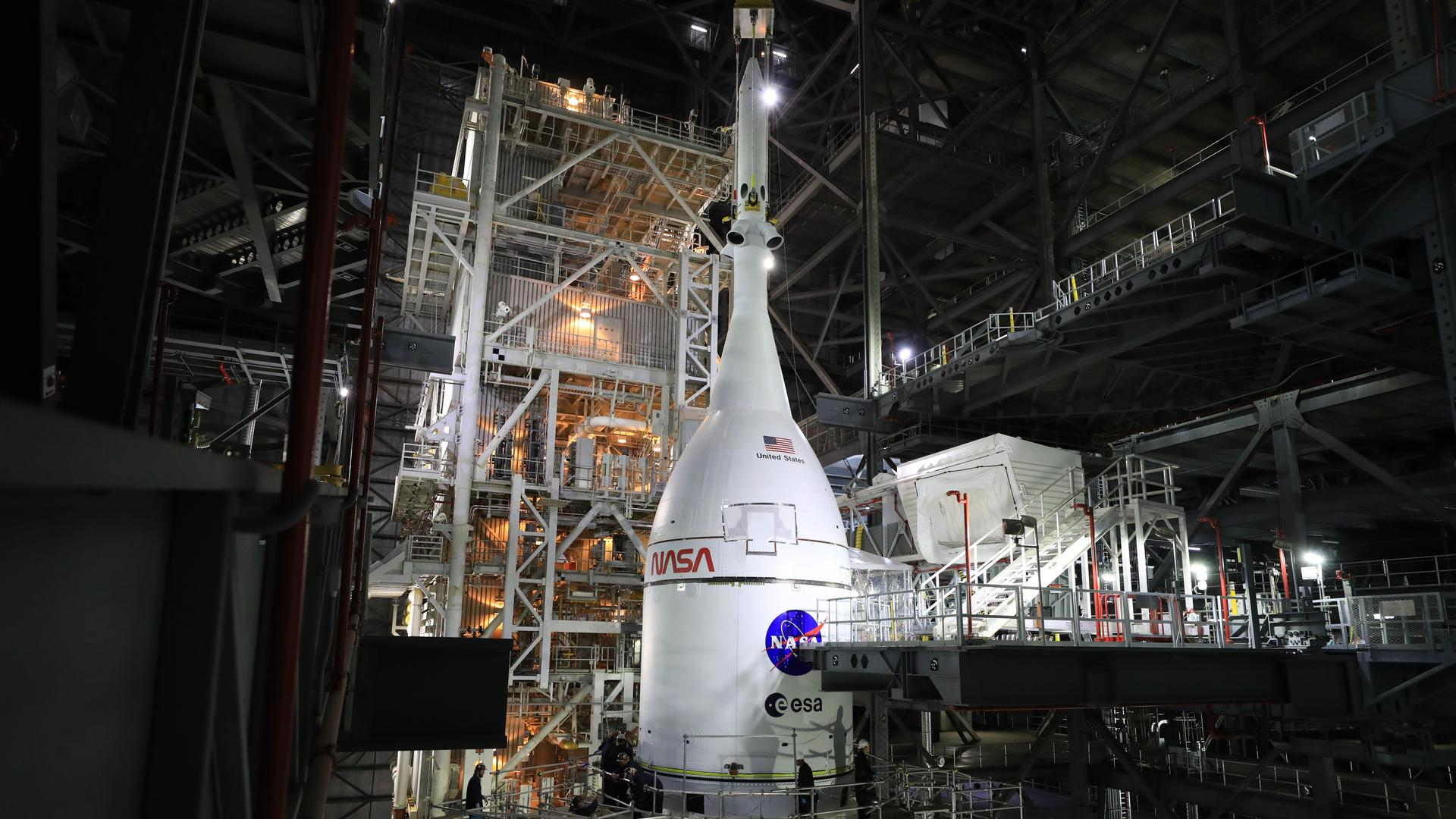Earth just got hit by a stealth solar storm no one saw coming
The quiet arrival offers another indication that the sun is moving into the declining phase of its 11-year cycle.

A stealth solar storm hit Earth on Nov. 20. It arrived without warning and may have contributed to auroras visible at mid latitudes.
This event didn't trigger a geomagnetic storm; however, such solar storms, or coronal mass ejections (CMEs), are still exciting because they erupt almost undetected and disrupt the solar wind conditions around Earth. They are generally more common when the sun enters the declining phase of its 11-year solar cycle, the periodic rise and fall in the sun's magnetic activity.
A regular CME is usually obvious in solar data. These eruptions involve bright flares, sudden changes in extreme ultraviolet light or large loops visibly lifting off the sun's surface. Coronagraphs typically capture them as billowing cloudlike structures emanating from the sun. Stealth CMEs are the opposite. They erupt quietly, without flares or any bright signatures. They tend to be faint, slow-moving and very hard to track. Because of that, scientists usually only spot stealth CMEs after they arrive at Earth and disrupt the solar wind.
That's exactly what happened on Nov. 20, when NOAA's Space Weather Forecasters reported that solar wind conditions on Nov. 20 were dominated by negative-polarity coronal hole high-speed stream with a possible "embedded transient," which could indicate a stealth CME.
The magnetic field carried by the solar wind, normally around 4-6 nanoteslas, briefly spiked to 18 nanoteslas at 9:20 a.m. EST (1420 GMT) while solar wind speeds hovered between 400-500 km/s, higher than the usual background levels that flow near Earth.
"Stealthy #solarstorms are back!" space weather physicist Tamitha Skov wrote in a post on X. "They are stealthy because they have no signature in on-disk or coronagraph imagery. We only detect them when they arrive at Earth. Expect only minor storming with this one at high latitudes, but some of them can cause strong storming when they launch near high-speed streams."
Stealthy #solarstorms are back! It may seem counterintuitive since we just had a near G5, but we just had an early sign of Solar Minimum's approach! Right now, a true "Stealth CME" is passing over Earth. They are stealthy because they have no signature in on-disk or coronagraph… pic.twitter.com/a1eZClpeSFNovember 20, 2025
Auroras reported overnight from mid-latitudes, including Maine and Denmark, could have been the result of this stealthy CME combined with the effects of the fast solar wind stream from a coronal hole.
Breaking space news, the latest updates on rocket launches, skywatching events and more!
Aurora is visible into mid latitudes over North America right now - this is the view from Maine. Beautiful red and sunlit blue/purple rays and pillars. Note the Big Dipper sitting over the northern horizon. pic.twitter.com/6huxCPzjsXNovember 20, 2025
The high-speed stream helped boost geomagnetic activity slightly, meaning auroras stretched slightly farther than their usual background high-latitude range.
Aurora tonight 20/11 23:30 CET near Hobro in Denmark. pic.twitter.com/eQhBlP1Gh8November 20, 2025
Why stealth CMEs matter
Stealth CMEs are a known challenge for space-weather forecasting. A 2021 study found that stealth eruptions can originate from quiet regions of the sun, yet still produce strong magnetic signatures in space. The authors note that stealth CMEs "pose many problems for space weather forecasting" because their signatures are extremely faint and require multi-wavelength, multi-angle observations to identify.
Stealth CMEs arise from quiet regions on the sun with weak, simple magnetic fields. Conditions that become more common during the declining phase of a solar cycle.
"It may seem counterintuitive since we just had a near G5, but we just had an early sign of Solar Minimum's approach!" Skov wrote on X.

Daisy Dobrijevic joined Space.com in February 2022 having previously worked for our sister publication All About Space magazine as a staff writer. Before joining us, Daisy completed an editorial internship with the BBC Sky at Night Magazine and worked at the National Space Centre in Leicester, U.K., where she enjoyed communicating space science to the public. In 2021, Daisy completed a PhD in plant physiology and also holds a Master's in Environmental Science, she is currently based in Nottingham, U.K. Daisy is passionate about all things space, with a penchant for solar activity and space weather. She has a strong interest in astrotourism and loves nothing more than a good northern lights chase!
You must confirm your public display name before commenting
Please logout and then login again, you will then be prompted to enter your display name.

